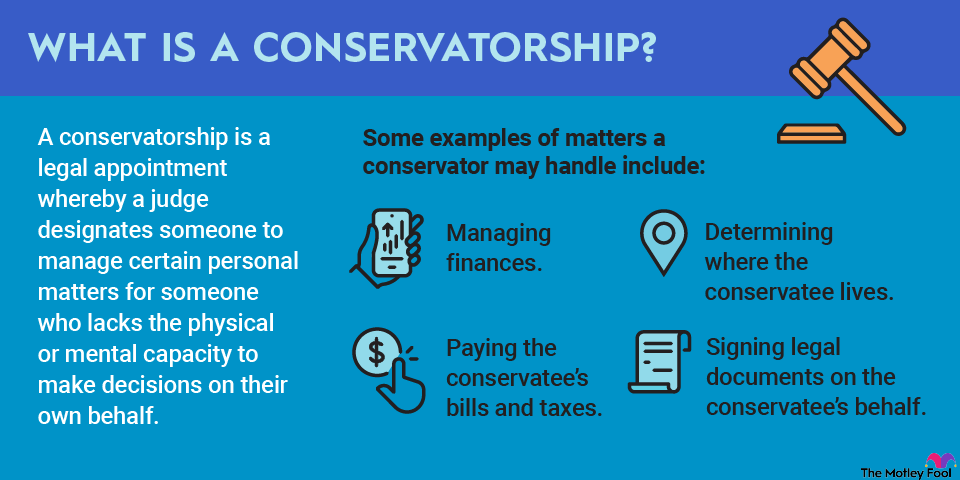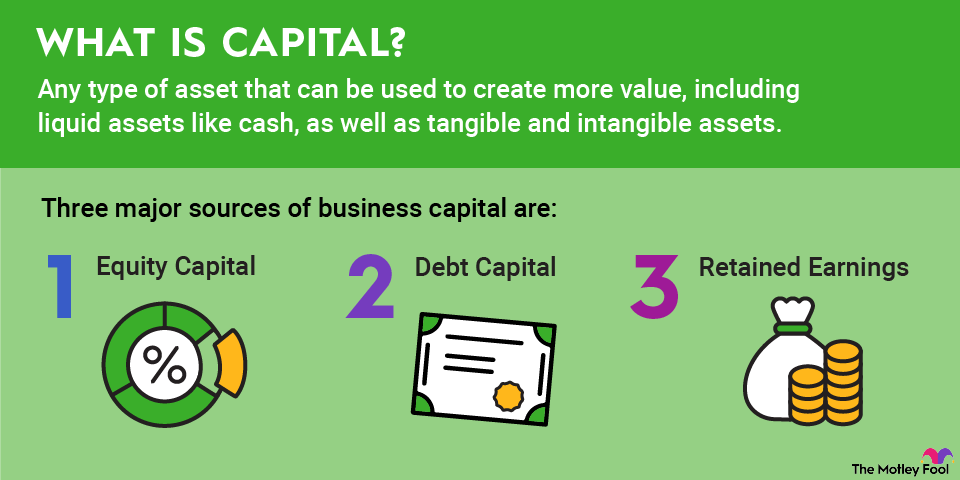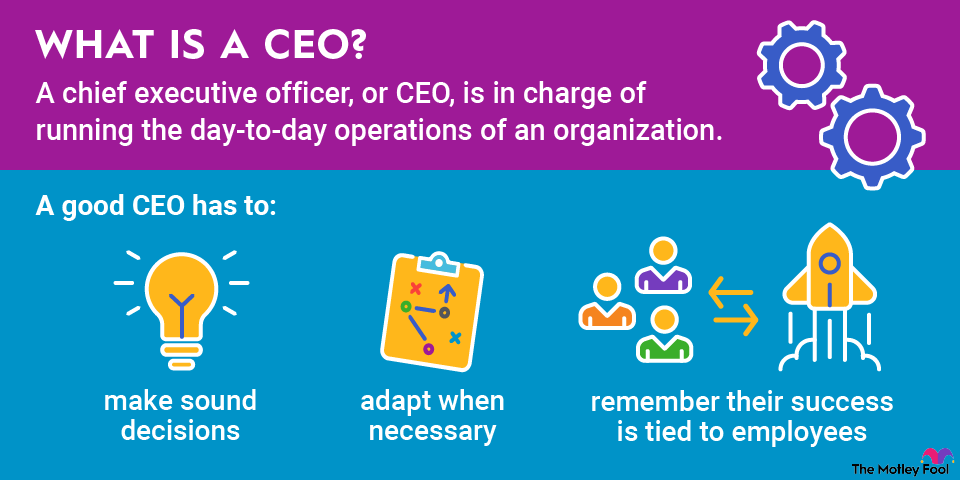A crypto bridge is a protocol that allows you to transfer digital assets between blockchain networks. Developers created crypto bridges to promote interoperability and help grow different ecosystems. They now play a critical role in some of the most important areas of blockchain development, including decentralized finance (DeFi), stablecoins, and crypto gaming.

Understanding crypto bridges
By default, blockchains are closed systems. Bitcoin (BTC +2.56%), Ethereum (ETH +1.69%), Solana (SOLANA), and other blockchain networks all have their own unique infrastructure and don't communicate with one another.
This used to prevent users from trading digital assets, such as crypto tokens and nonfungible tokens (NFTs), from one blockchain to another. For example, you couldn't swap ETH tokens for SOL tokens because one is built on Ethereum and the other on Solana.
Crypto bridges connect blockchain networks to make cross-chain transfers possible. There are three types of crypto bridges:
- Trusted bridge: A crypto bridge developed and operated by a central authority. For example, the Binance crypto exchange operates a trusted bridge called the Binance Bridge.
- Trustless bridge: A decentralized crypto bridge that operates using smart contracts and a network of trusted validators. Examples of trustless bridges include Stargate, Synapse, and Wormhole.
- Hybrid bridge: A crypto bridge with a blend of trusted and trustless elements, such as a point of centralization combined with a decentralized validator network.
Benefits and drawbacks of crypto bridges
Crypto bridges provide a useful service for tokenholders and developers. If you have crypto tokens you want to use on a different blockchain, you can use a bridge to transfer them.
You send your tokens to the bridge, where they're either locked or burned (destroyed). Then, you receive tokens on the destination blockchain. Crypto enthusiasts often use bridges to transfer their tokens and stake them with DeFi protocols to earn rewards.
Thanks to bridges, developers who build decentralized apps (dApps) aren't restricted to a single blockchain. They can use multiple blockchains and take advantage of their respective benefits, such as one blockchain's security or large user base and another's efficient transaction processing.
However, hackers target crypto bridges, and if they're successful, the losses can be massive. There have been multiple crypto bridge hacks in which over $500 million worth of crypto tokens were stolen. Crypto bridges can also be hard to understand -- which is not exactly uncommon in the world of crypto, but the complexity makes it difficult for beginners.
How to use a crypto bridge
To use a crypto bridge, you need a crypto wallet with the tokens you're transferring and enough of the native cryptocurrency to pay the gas fees (transaction fees). Here are the steps you can follow when you have a wallet and know which bridge you want to use:
- Go to the bridge's website.
- Choose the option to connect your wallet.
- Select the type of cryptocurrency you want to send, the current blockchain, and the destination blockchain.
- Review the transaction details and submit it when you're ready.
If you invest in cryptocurrency by simply buying and holding tokens, you probably won't have any reason to use a crypto bridge. But if you're interested in exploring different blockchain applications, particularly DeFi protocols with rewards opportunities, you might find yourself in a situation where a crypto bridge is needed.


















